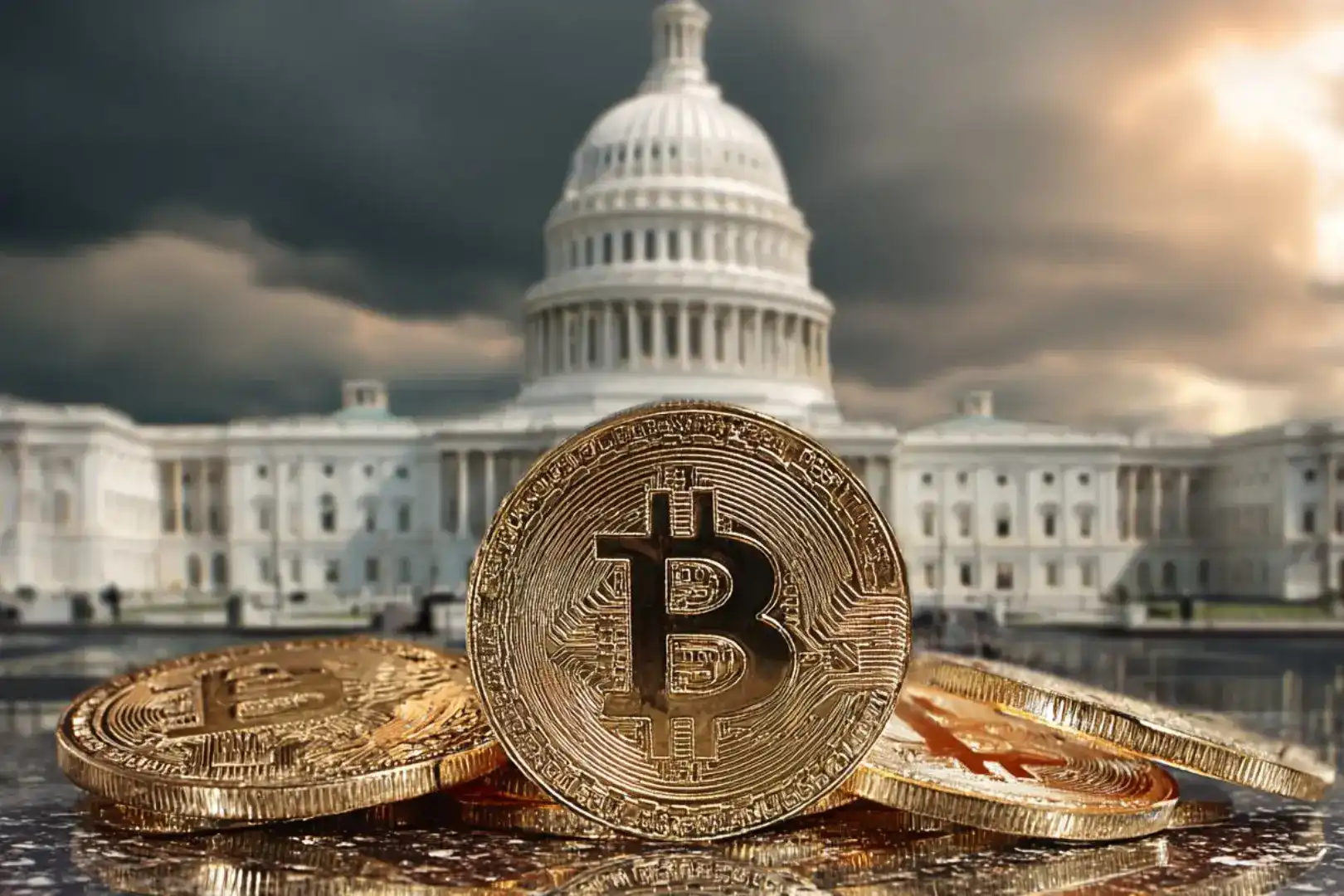Grayscale’s Ethereum ETF Outflows Declined – How Did Bitcoin ETFs Fare?
On August 12, spot Bitcoin exchange-traded funds (ETFs) in the U.S. recorded net inflows of just $27.8 million.
According to Farside, Grayscale’s GBTC-converted fund and Bitwise’s BITB were the only ETFs to experience outflows for the day, with $11.8 million and $17.1 million, respectively.


BlackRock’s Bitcoin fund (IBIT) was one of three funds to see inflows, adding $13.4 million. ARKB was the best performer of the day, bringing in $35.4 million, while Hashdex’s DEFI registered $7.9 million.
READ MORE:
Trump May Drop Out of 2024 Race According to Crypto ExpertOn the other hand, spot Ethereum ETFs also posted positive results on Monday, with total inflows amounting to $5 million.


The largest inflow was recorded by Fidelity’s FETH, with $4 million, followed by Bitwise’s ETHW with $2.9 million and Franklin Templeton’s EZET with $1 million.
Interestingly, Grayscale’s ETHE, which had previously seen large outflows, registered a neutral result this time.
Disclaimer: The content of this article solely reflects the author's opinion and does not represent the platform in any capacity. This article is not intended to serve as a reference for making investment decisions.
You may also like
Three things that must happen for Bitcoin to avoid bear market
A $500 billion valuation giant is emerging
With a valuation comparable to OpenAI and surpassing SpaceX and ByteDance, Tether has attracted significant attention.

Prediction markets meet Tinder: Can you place bets on Warden's new product by simply swiping left or right?
No need for chart analysis, macro research, or even inputting the amount of funds.

Why does bitcoin only rise when the U.S. government reopens?
The US government shutdown has entered its 36th day, leading to a decline in global financial markets. The shutdown has prevented funds from being released from the Treasury General Account (TGA), draining market liquidity and triggering a liquidity crisis. Interbank lending rates have soared, while default rates on commercial real estate and auto loans have risen, increasing systemic risk. The market is divided over future trends: pessimists believe the liquidity shock will persist, while optimists expect a liquidity release after the shutdown ends. Summary generated by Mars AI. The accuracy and completeness of this summary are still being improved as the Mars AI model is updated.
